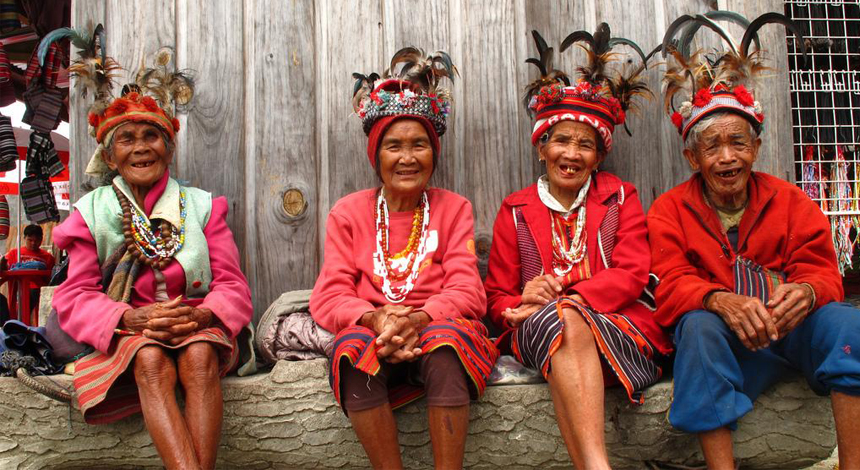
The Philippines is home to numerous indigenous ethnic groups, often referred to as "tribes" or "indigenous peoples." These groups have diverse cultures, languages, and traditional practices.
It's important to note that each tribe has its own distinct language, customs, and way of life, contributing to the cultural diversity and richness of the archipelago.
While it is impossible to list all the indigenous tribes in the Philippines, here are some of the major ones:
1. Igorot:
This collective term refers to several ethnic groups in the Cordillera region of Luzon, such as the Bontoc, Ifugao, Kalinga, and Igorot proper. They are known for their rice terraces, intricate weaving, and unique burial customs.
2. Lumad:
The Lumad is a collective term used to describe the indigenous peoples of Mindanao. It includes various ethnic groups, such as the Manobo, T'boli, Subanen, and Mandaya, among others. Each Lumad group has its distinct culture, language, and traditions.
3. Mangyan:
The Mangyan people reside in the island of Mindoro. They are composed of several groups, including the Iraya, Alangan, Tadyawan, Tau-buid, and Hanunuo. They are known for their traditional script called "Hanunuo-Mangyan," as well as their craftsmanship and agricultural practices.
4. Aeta:
The Aeta are indigenous peoples who primarily inhabit the mountainous regions of Luzon, particularly in Zambales, Tarlac, Pampanga, and Bataan. They have a long history in the Philippines and are known for their hunting and gathering practices.
5. Subanen:
The Subanen people are indigenous to the Zamboanga Peninsula and parts of the northern Mindanao region. They have a rich cultural heritage characterized by intricate weaving, music, and dance.
6. T'boli:
The T'boli tribe is based in the highlands of South Cotabato in Mindanao. They are known for their vibrant traditional attire, intricate beadwork, and the famous T'nalak fabric woven from abaca fibers.